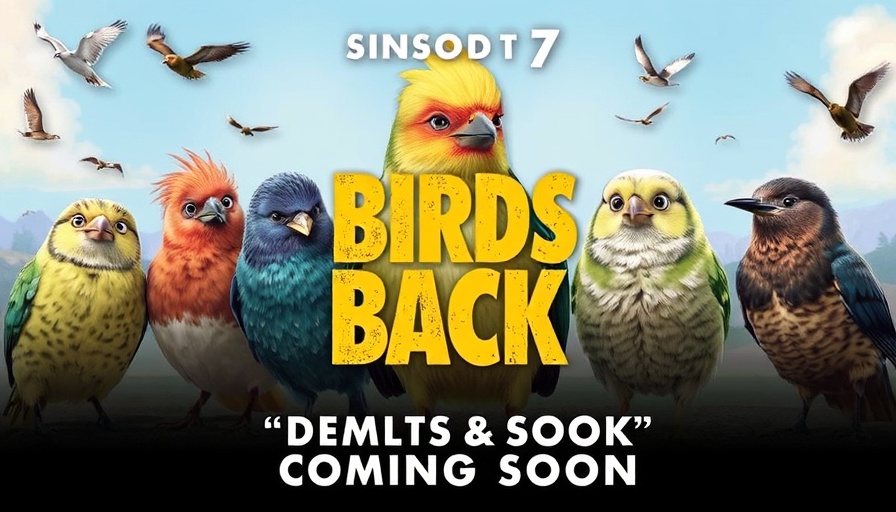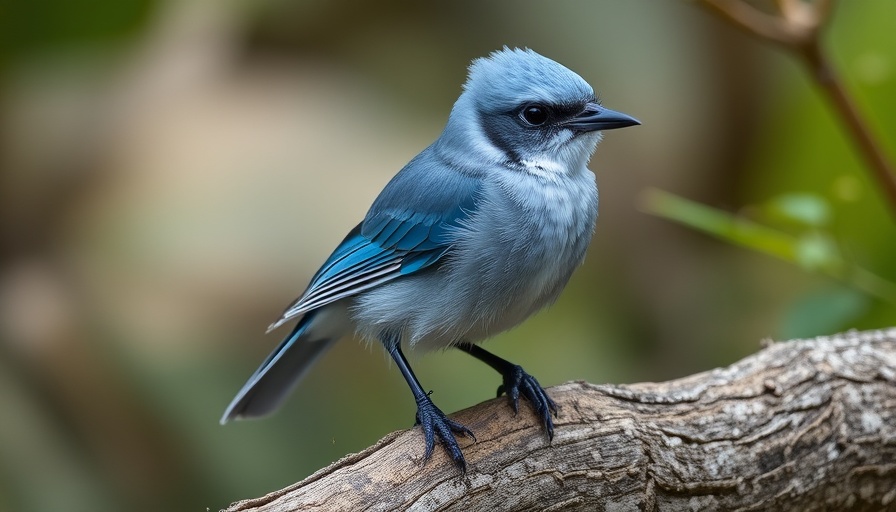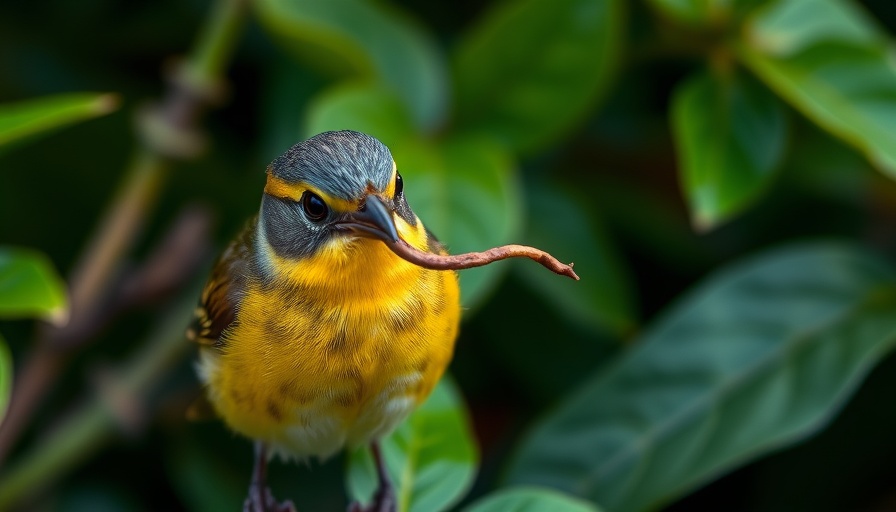
Get Ready for Season 7 of Bring Birds Back!
Bird enthusiasts, rejoice! Season 7 of the acclaimed podcast Bring Birds Back is just around the corner, set to launch on July 30, 2025. This season promises to delve deep into the connection between birds and human experience, featuring a roster of compelling topics that illuminate the intrinsic bond we share with our feathered friends.
Exciting New Hosts and Guests
This year marks the introduction of new co-hosts, Billy Almon and Anika Hazra, who bring their unique perspectives and passions to the show. Together, they will converse with renowned figures such as ornithologist Dr. J. Drew Lanham and writer adrienne maree brown, exploring themes ranging from conservation efforts to the emotional impacts of birdwatching. Each episode will present insights from experts, discussing critical topics like the role of birds in ecological restoration and innovative inspirations drawn from their biology.
The Importance of Birds to Our Lives
As the series progresses, listeners can expect a broad array of episodes that are not just educational but also inspiring. The hosts aim to foster a greater understanding of how bird species contribute to ecological health and even inform social policy. Topics like Indigenous water justice and the significance of songbirds serve to remind us of the vital roles these animals play in our world's ecosystem.
Join the Movement: Subscribe Today!
The countdown to inspiration begins now! Mark your calendars, and make sure to subscribe to Bring Birds Back on your favorite podcast platform. Stay engaged with the passionate community on Instagram @BringBirdsBack, where updates and insights will be shared regularly. Whether you're a seasoned ornithologist or a casual bird lover, this season aims to connect all listeners through the beauty and significance of avian life.
In the world where nature often requires our attention, these stories empower action and amplify the voices of those working towards a harmonious relationship with our environment. So why wait? Join us on this avian adventure!
 Add Row
Add Row  Add
Add 




Write A Comment